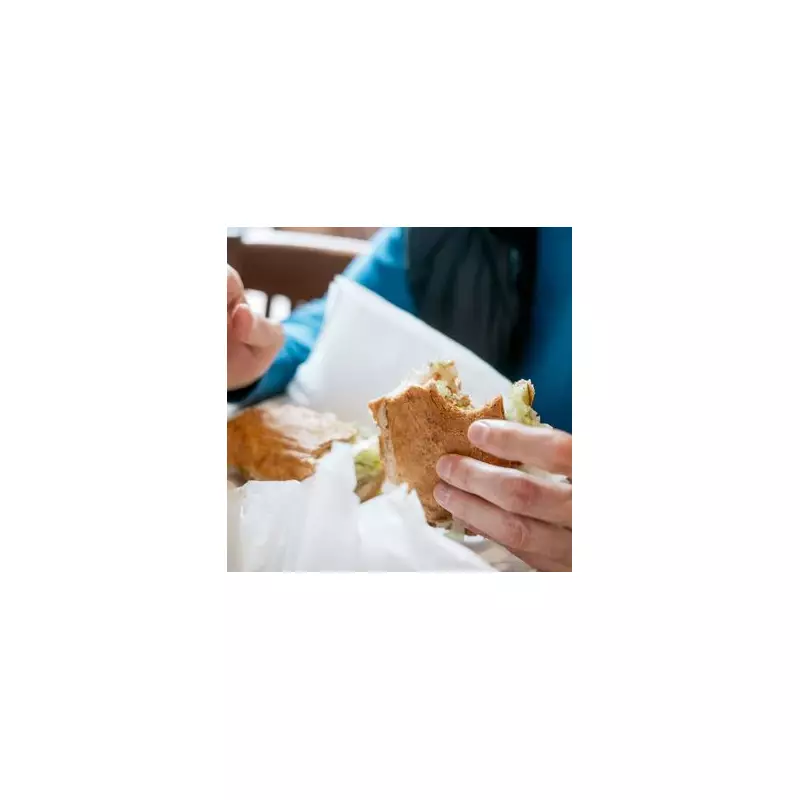
Ever wondered why Americans look utterly perplexed when Brits mention putting the kettle on for a "cuppa"? The culinary language barrier between the UK and US continues to cause delicious confusion across the Atlantic.
The Great British Food Dictionary
A recent linguistic deep-dive has revealed the top ten British food terms that regularly leave Americans scratching their heads. From breakfast table staples to pub grub favourites, these everyday British expressions transform into complete mysteries for our American cousins.
1. The Humble Banger
While Brits dream of bangers and mash on a chilly evening, Americans hear "bangers" and think of loud fireworks or hit songs. The simple sausage's explosive nickname apparently stems from historical incidents when high water content caused them to pop in the pan.
2. Crisp Confusion
Ask for crisps in the UK and you'll receive a bag of crunchy potato snacks. Request the same in the US and you'll be handed what Brits call chips. This triangular trade of crisp-chip-fries continues to baffle both nations.
3. Biscuit or Cookie?
The great biscuit debate rages on. Brits dunk biscuits in tea while Americans serve fluffy, savoury biscuits with gravy. When a Brit describes a chocolate chip cookie as a biscuit, the culinary translation breakdown begins.
4. Pudding Paradox
In Britain, "pudding" can mean dessert in general, or specific delights like sticky toffee pudding or Yorkshire pudding (which isn't sweet at all). Americans, expecting Jell-O or custard, often find this term particularly puzzling.
5. The Full English Mystery
Components of the Full English breakfast—particularly black pudding and baked beans for breakfast—regularly surprise American visitors. The concept of tomatoes and mushrooms first thing in the morning seems particularly foreign across the pond.
6. Chip Butty Bewilderment
The concept of a chip sandwich—carb on carb perfection—seems to genuinely confuse American foodies. The simple pleasure of chips between buttered bread leaves many questioning British culinary logic.
7. Sunday Roast Rituals
While Americans understand the concept of Sunday dinner, the specific rituals and components of a proper Sunday roast—complete with Yorkshire puddings, roast potatoes, and proper gravy—require detailed explanation.
8. Afternoon Tea Traditions
The precise ceremony of afternoon tea, complete with scones, clotted cream, finger sandwiches, and specific etiquette, often needs translating for American visitors expecting simply a "cuppa."
9. The Great Scone Debate
Speaking of scones, the pronunciation alone (skon vs skone) causes transatlantic disagreements, let alone the proper order of applying jam and cream—a debate that divides even the British themselves.
10. Gravy Gate
British gravy—a rich, meaty sauce—differs significantly from the white, creamy Southern American version. The expectation mismatch often leads to gravy-related disappointment on both sides.
More Than Just Food
These culinary misunderstandings highlight how food vocabulary reveals deeper cultural differences. What seems like simple menu translation often uncovers centuries of separate culinary evolution and tradition.
Next time you're explaining the difference between jam and jelly, or why spotted dick isn't inappropriate, remember you're not just translating words—you're bridging culinary cultures.





